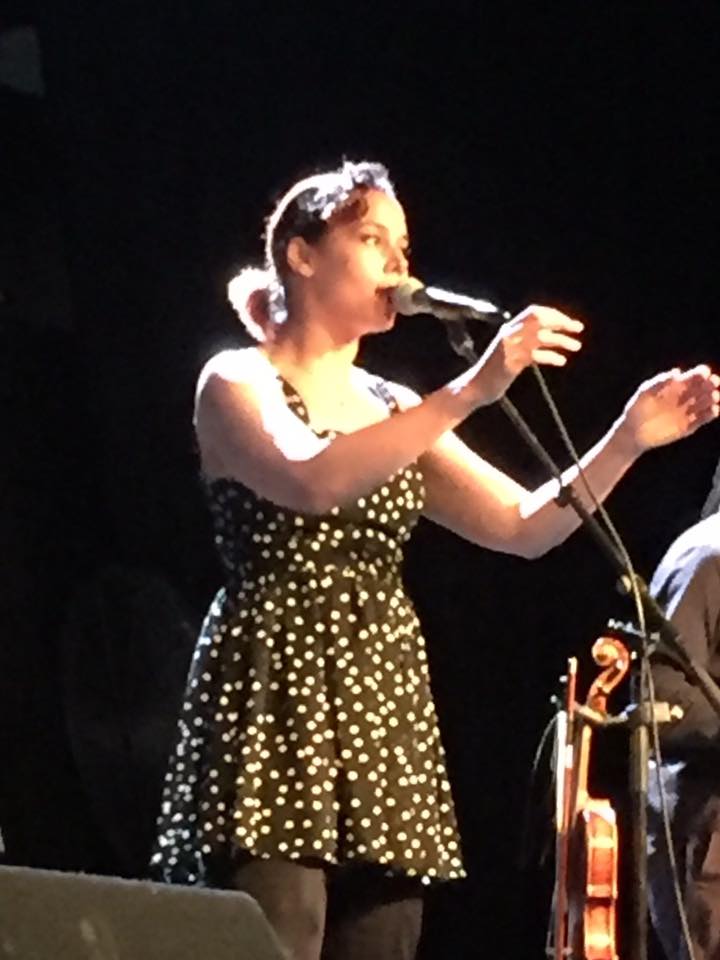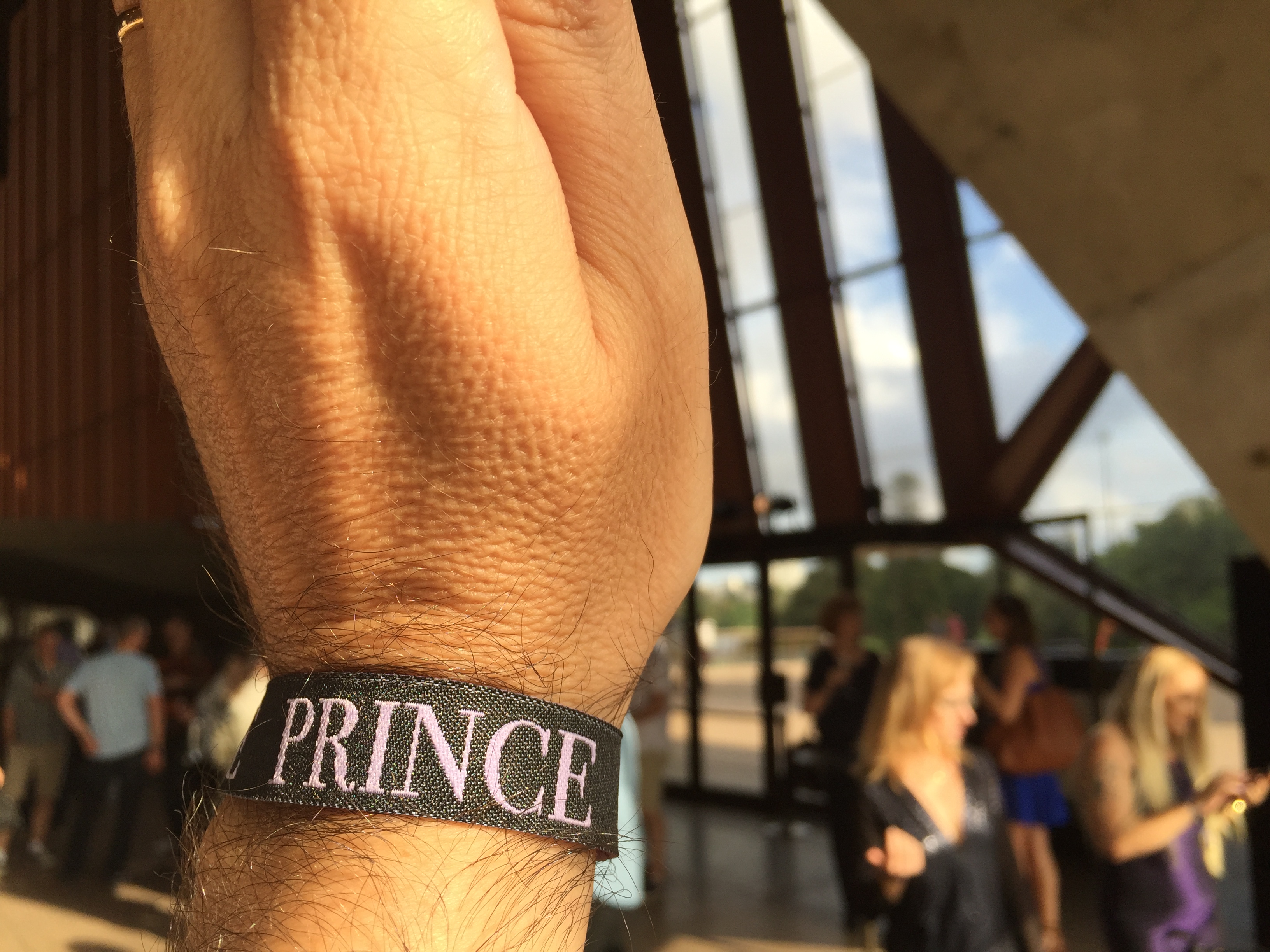2023 was a pretty good year of gigging for me as we emerged from a few quieter COVID years. I notched up over 60 gigs for the year across 2 continents and 3 cities. The best gigs ticked off a few bucket list artists (John Scofield, The Smithereens, Marshall Crenshaw, Jeff ‘Skunk’ Baxter and Bright Eyes) and venues (including The Blue Note and The Bitter End in New York and City Winery in Boston) as well as old favourites who showed they still had what it takes (3 consecutive nights of Billy Bragg, plus Pavement, Jackson Browne and Tommy Emmanuel) .
So here’s my favourite 52 shows – one for every week of the year!

John Scofield Trio – The Blue Note NYC
The Smithereens feat. Marshall Crenshaw – City Winery Boston
Pavement (support Floodlights) – Enmore Theatre/Anita’s Thirroul
Jackson Browne – According to Stadium
Jason Isbell & the 400 Unit (support Allison Russell) – Enmore Theatre
Billy Bragg – One Step Forward Two Steps Back Tour (3 nights)
Ed Kuepper and Jim White – City Recital Hall
Jeff ‘Skunk’ Baxter – City Winery Boston
Bright Eyes – Enmore Theatre
Fontaines DC – NSW Roundhouse

Cat Power Sings Dylan – Sydney Opera House
Weyes Blood – Sydney Opera House
Bonnie Raitt (support Mavis Staples)
The Black Crowes – Enmore Theatre
Marlon Williams – Enmore Theatre
The Cowboy Junkies – Enmore Theatre
Lucinda Williams – Enmore Theatre
Marcus King – Enmore Theatre
Buddy Guy (support Christone Kingfish Ingram)
Eric Gales – City Winery Boston

Tommy Emmanuel- Sydney Opera House
Lloyd Cole – City Recital Hall
Jimmy Webb – City Recital Hall
The Teskey Brothers (support Emma Donovan) – Aware Super Theatre
Arlo Parks – Sydney Opera House
Alvvays – NSW Roundhouse
The Necks – Drama Theatre, Sydney Opera House
Brodsky Quartet – Utzon Room, Sydney Opera House
Cecile McLorin Salvant – City Recital Hall, Sydney
Hoodoo Gurus (support Spy v Spy) – The Barracks Manly

City Winery Boston
Ed Kuepper – City Recital Hall
Floodlights – Carriageworks, Redfern
Tim Finn – Sydney Opera House
Lukas Nelson & The Promise of the Real – The Bowery NYC
Beck (support Robert Forster)
Sarah Lee Guthrie & the Mammals – City Winery Boston
Amanda Brown (support The SnarskiLindyCircusBand) – City Recital Hall
Don Walker – The Factory
Emma Donovan – City Recital Hall
Camp Cope – Sydney Opera House

Sydney Opera House
Thundercat – Sydney Opera House
Ed Kuepper & Jim White – The Brass Monkey, Cronulla
Foo Fighters (support The Chats) – Accor Stadium, Sydney
Ben Kweller – Racket, NYC
The Cars Show feat. Greg Hawkes and Eddie Japan – City Winery Boston
Ray Beadle & Redd Volkearts – Live at Studio 301, Sydney
Those Pretty Wrongs – The Great Club, Marrickville
Sister Hazel – City Winery Boston
Chris Shifflet – The Great Club, Marrickville
The Soul Movers (support The On & Ons) – The Brass Monkey, Cronulla
Harry Styles (support Wet Leg) – Accor Stadium, Sydney
Sting – Aware Super Theatre, Sydney

The Bowery NYC



 As we entered the Opera House Concert Hall through a near vertical stair climb up to the choir stalls and took our seats in the rear Box-F, the sparse stage set up of piano and candles heightened my sense of intrigue. His 7pm entrance was at once surprising (orchestral introduction, the walk and bow of a renowned conductor – albeit with a showy pirouette) and quite predictable (purple suit, flamboyant afro and purple high heeled boots – not Johnny Cash cowboy boots or even Bowie platforms but slim stiletto heels!). It was clear that the format was going to fully explore the tension between the pop star and the consummate musician. It was not yet clear which would win out.
As we entered the Opera House Concert Hall through a near vertical stair climb up to the choir stalls and took our seats in the rear Box-F, the sparse stage set up of piano and candles heightened my sense of intrigue. His 7pm entrance was at once surprising (orchestral introduction, the walk and bow of a renowned conductor – albeit with a showy pirouette) and quite predictable (purple suit, flamboyant afro and purple high heeled boots – not Johnny Cash cowboy boots or even Bowie platforms but slim stiletto heels!). It was clear that the format was going to fully explore the tension between the pop star and the consummate musician. It was not yet clear which would win out.